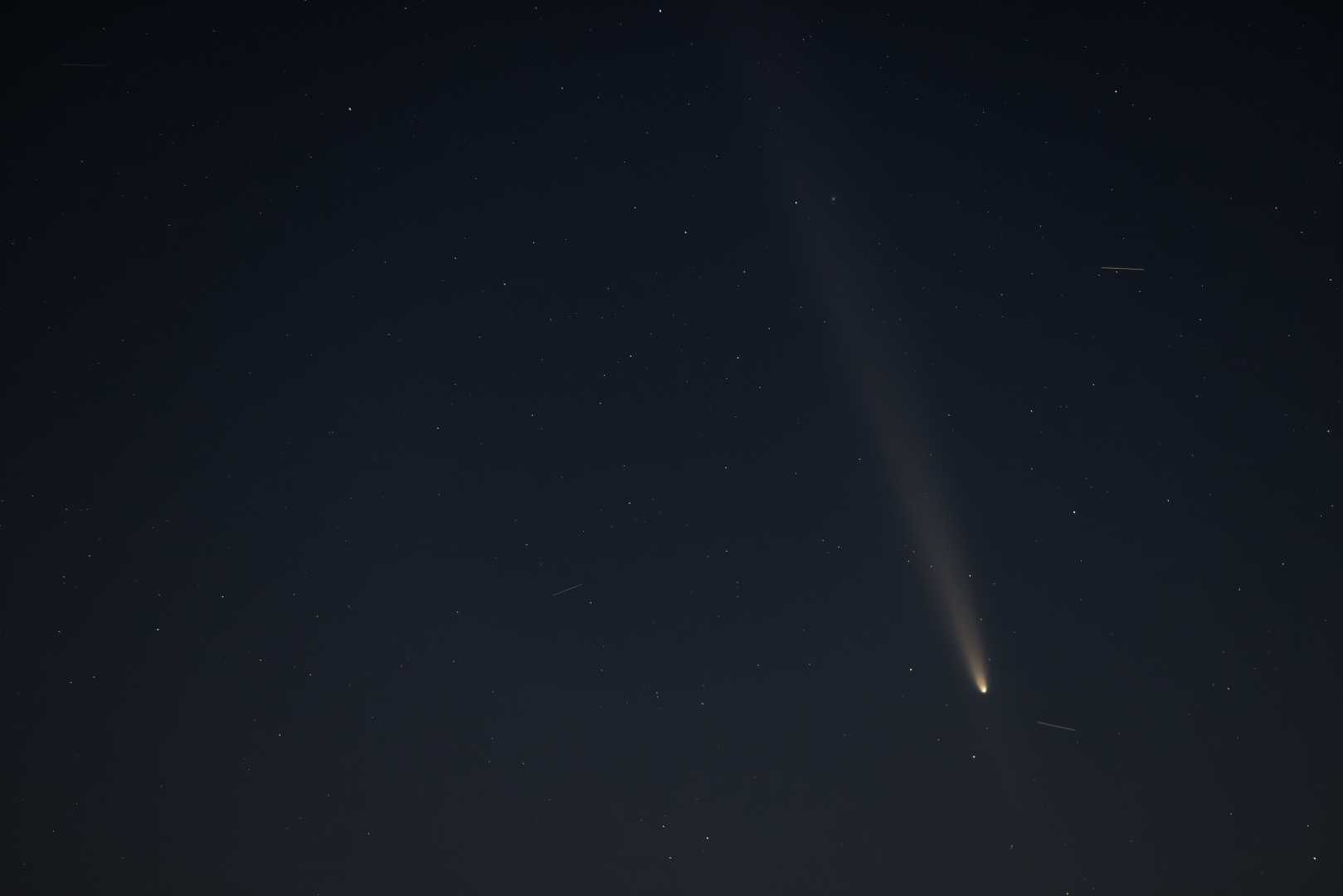News
Rare Comet Tsuchinshan-ATLAS Makes Rare Appearance in Earth’s Sky

A once-in-a-lifetime celestial spectacle is currently unfolding above Earth, as Comet Tsuchinshan-ATLAS graces the night sky. The comet, officially designated as C/2023 A3 (Tsuchinshan-ATLAS), was first discovered last year and has been visible since earlier this month. It is an astronomical event that is captivating skywatchers around the globe due to the comet’s rarity and brilliance.
According to astronomical predictions, Comet Tsuchinshan-ATLAS may only return to the inner solar system in another 80,000 years, if at all, making its current appearance a unique opportunity for observation. For those eager to catch a glimpse, astronomers advise looking towards the western horizon approximately 45 minutes after sunset. Using your hand as a guide, look for a fuzzy, glowing ball making its way across the horizon before it eventually dips below later in the evening.
As observed, the comet is currently shining at a magnitude of +0.5, making it visible to the naked eye in dark conditions. However, visibility may soon diminish, and it might require binoculars or telescopes for subsequent viewings. The comet, named after its discoverers, moves higher in the western sky nightly but grows fainter as it travels further from Earth and the sun.
This week presents a challenge for comet observers due to the bright waxing moon, with a full ‘supermoon’ expected on Thursday, affecting the darkness needed to see the comet. However, starting Friday, the moon will rise later, allowing potentially better observation conditions by Sunday.
This event shines a light on the ephemeral nature of such astronomical phenomena. “Comets are like cats: they have tails, and they do precisely what they want,” writes David H. Levy, an acclaimed author in astronomy. His sentiment echoes the unpredictable and fleeting nature of comets.
Thorough preparation is advised for those wishing to make the most of this celestial event, including the use of binoculars to aid in viewing. Comet gazers can expect to catch sight of the comet up until late October, providing a generous window to experience this astronomical wonder.












